
#127 Fully automatic machine life hacks - with 5 tips for better coffee
Fully automatic coffee machines are very popular and offer many advantages: always fresh coffee beans, consistent cup quality and a large selection of specialities. According to the Coffee Report 2024, 37% of Germans already use a fully automatic machine. However, many functions often remain unused. With a few adjustments, you can significantly improve your coffee enjoyment.
Here are five important tips from our latest podcast episode "Lifehacks for the fully automatic coffee machine - 5 tips for better coffee" by coffee sommelier Indre.
Hack 1: Carry out the initial commissioning correctly
Once you have unpacked your new fully automatic coffee machine, the first steps are crucial for the coffee you will enjoy later on.
- Cleaning: Unpack the machine, set it up and briefly clean all removable parts under warm water with a soft dishcloth.
- Instructions: Read the operating instructions or use online tutorials to familiarise yourself with the functions.
- Preparation: Prepare three to five espressos before the first coffee and dispose of them. This will remove any coffee residue in the grinder that may still be left over from the manufacturer's settings.
Hack 2: Optimise the grinder setting
Your fully automatic machine often comes with a default setting that does not always match your personal taste. The grinder is the most important adjustment screw for influencing the coffee flavour.
- Coffee too thin or sour? Then the grind is too coarse. The water rushes through the ground coffee too quickly and flavours cannot be optimally extracted.
- Coffee too strong or bitter? Then the grind is too fine. The water is in contact with the ground coffee for too long and dissolves too many bitter substances.
- Adjustment: Approach it slowly. Memorise your starting point and change the grind in small steps. Patience pays off here. Only adjust the grind when the grinder is in operation and discard the first coffee after an adjustment.
- Perfect grind: This is achieved when the coffee tastes good and the brew flows out of the spout into the cup smoothly and evenly. Try the coffee black first. The "crema test" - sprinkling a little sugar on the hazelnut-brown crema - shows you whether the extraction has been successful: if the sugar remains on the crema, it is ideal.
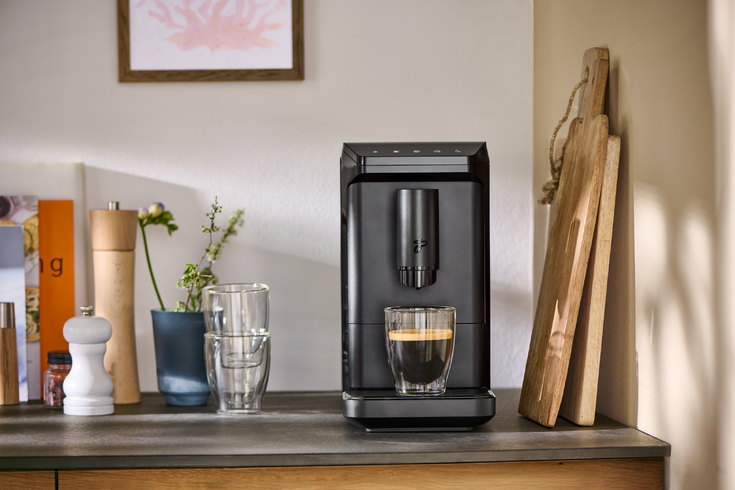
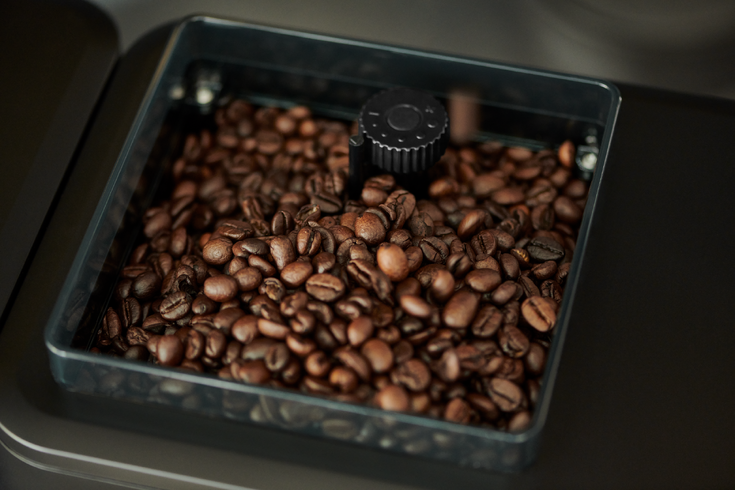
"This is perhaps the most important and decisive setting, you can do a lot here. So if you find the coffee is too acidic, then the grind is set too coarse, meaning the water rushes past the coffee grounds too quickly and doesn't have the chance to flush out all the flavours. If the coffee is too bitter or too strong for you, then the grinder is set too fine, which means that the coffee and water are in contact for too long and too much is flushed out" Indre
"There is the famous crema test: we always have a fine layer on top of an espresso or a good crema, which is a nice light brown colour. If it's hazelnut brown and still has a slight light spot in the centre, then it's perfect." Indre
Hack 3: Pay attention to the water quality
Since coffee consists of 98% water, the water quality is crucial for the flavour.
- Influencing factors: Mineral content, pH value, impurities and the freshness of the water affect the brewing behaviour and taste. A pH value between 6 and 8 is ideal.
- Filtering: Many machines already have an integrated water filter. Alternatively, you can use external water filters to adjust the water quality to your preferences.
Hack 4: Clean the brew group regularly
The brew group is the centrepiece of your fully automatic coffee machine and must be cleaned regularly to ensure that your coffee tastes great. Weekly cleaning is recommended. You can also find the best tips on this in our podcast episode „Sauber, Sauber! Alles rund um Reinigung und Entkalkung von Kaffeemaschinen“.
- Procedure: Switch off the fully automatic machine, unplug it and remove the brew group. Rinse it under warm running water to remove any coffee grounds.
- Important note: Do not use detergent or brushes to avoid removing the silicone grease from the seals. Silicone grease is important for the service life and smooth operation of the machine.
- Drying: Place the brew group in warm water for about ten minutes and then allow it to air dry well to avoid a rancid flavour. Also clean the inside of the machine with a damp cloth.
- Reassembly: Replace the dried brew group and connect the machine.
"Many of our listeners will never have heard of fats in the machine" Karina Schneider
Hack 5: Do not neglect descaling
If the coffee turns sour or the crema collapses, this is often a sign that descaling is necessary. Regular descaling protects your machine, increases its service life and saves energy.
- Signal: Most appliances indicate that descaling is necessary.
- Process: Modern fully automatic machines have integrated descaling programmes. Fill the tank with fresh water and start the rinsing process. Then add the descaling agent in the prescribed ratio and start the descaling cycle. Then rinse the tank thoroughly with clean water.
- Taste: Professional descaling agents are tasteless and food-safe, so there are no residues in the coffee.
- Alternatives: Home remedies such as vinegar or citric acid are not recommended, as vinegar can attack seals and citric acid can form crystals when used with hot water. Industrial cleaners have been specially developed for this purpose.
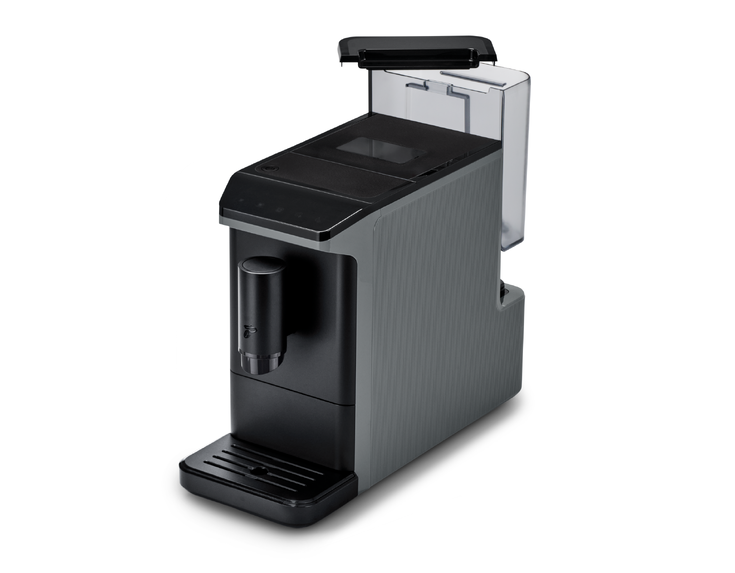
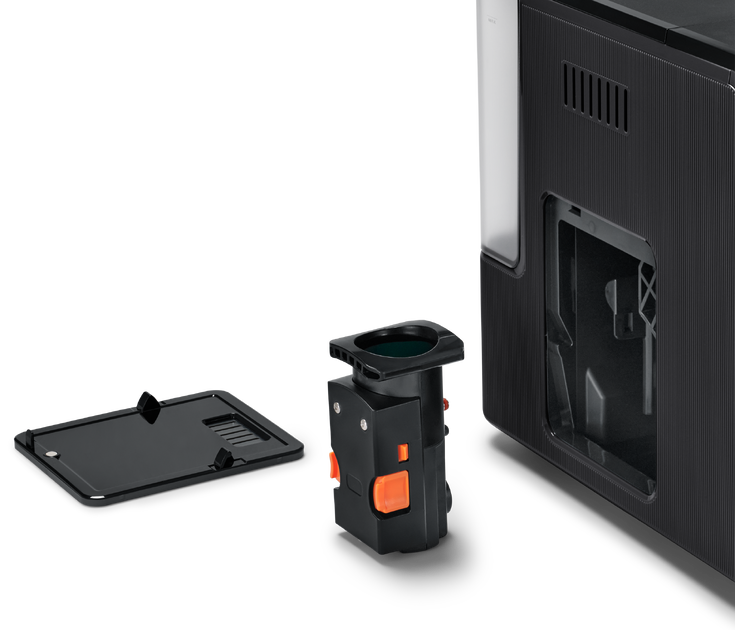
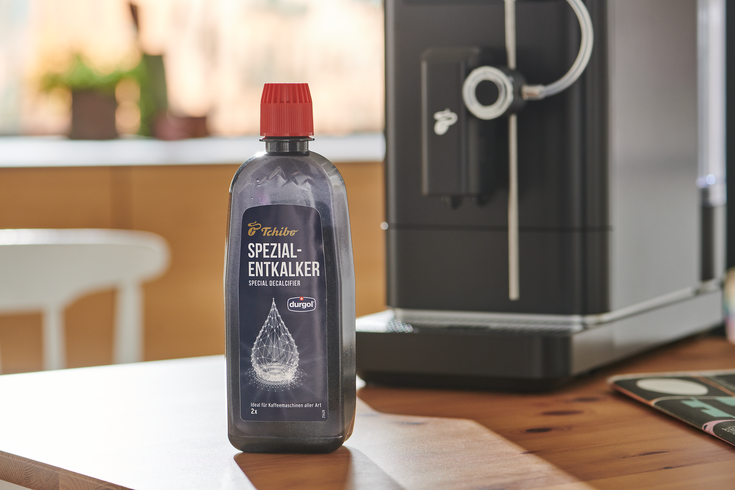
With these five life hacks, you can optimise your fully automatic coffee machine and significantly increase your coffee enjoyment. After all, careful maintenance and the right settings are the key to every perfectly brewed cup.
